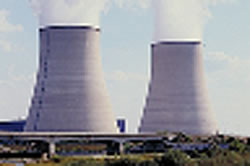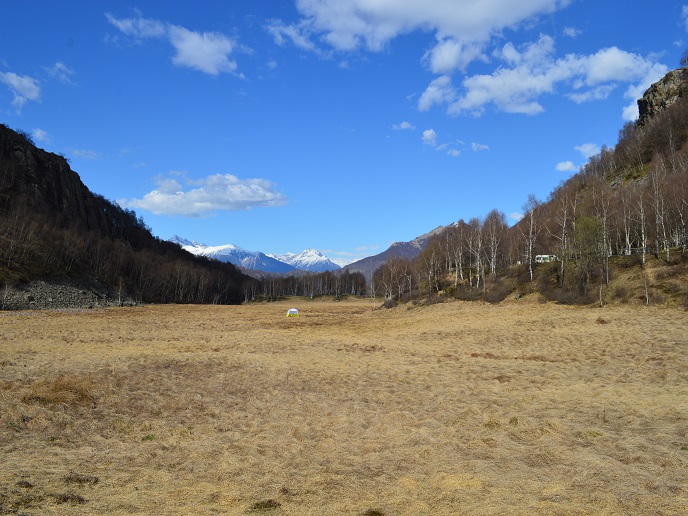Exploring options for disposal of radioactive waste
Radionuclides are radiation-emitting particles present in radioactive waste. Their behaviour in a reducing clay environment has not been extensively studied in the past, leaving unanswered questions as to the long-term safety of that method of disposal. TRANCOM-II addressed the migration behaviour of radionuclides, identified as important for the long-term safety, such as Plutonium (Pu), Uranium (U), Selenium (Se) and Am (Americium). Particular emphasis was placed on the study of the effect of natural organic material (NOM) on radionuclide migration. Initial observations and data were used to develop concepts and models in order to illustrate and further understand the mechanisms involved in radionuclide migration in a reduced clay environment. Studies revealed that NOM increased the solubility of Pu and Am and colloids were formed in certain instances without increasing the concentrations. Overall, the resulting models revealed that the transport processes of most radionuclides in clay are characterized by an immobilisation phase and a solubility/limited release phase. NOM appears to influence diffusion in a number of cases, hinting at a possible interactive role of organic material with radionuclides. These results underline the need to further understand the movement of radionuclides in clay sediments. The outcomes of the project could form the basis of future waste disposal programmes aimed at increasing the long-term safety of radioactive waste. EU governments and private companies active in the nuclear energy sector are likely to benefit from such observations and could invest in furthering these studies.





